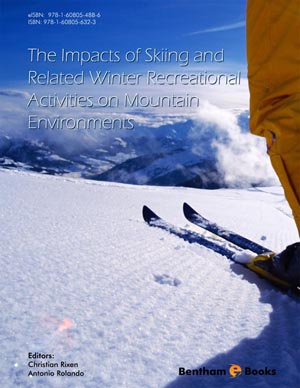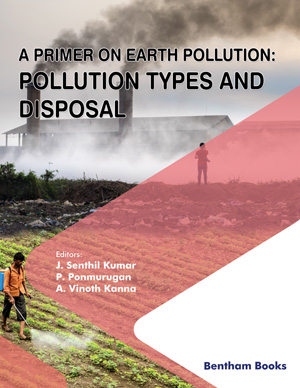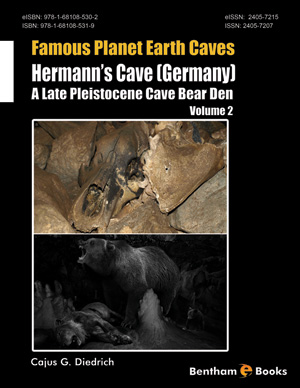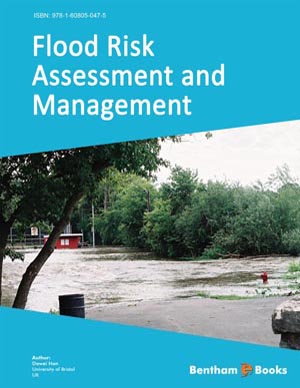Abstract
Mountain ecosystems consist of alpine zones characterized by rugged, partially vegetated open terrain with snowfields and rocky ridges above montane forests. These alpine grasslands and shrublands, sub-alpine parkland and montane forest habitats are high energy environments characterized by prolonged snow cover, steep terrain, extremes of heat and cold, and intense ultraviolet radiation. With increasing elevation, time for growth and reproduction decreases, environmental conditions become harsher with increasing stochasticity; at the highest elevations, hypoxic conditions add additional energetic living costs. For plants, dispersal of pollen, seeds or ramets may be limited by topography, weather conditions and patchy habitats where access to nutrients may be limited. These factors result in short, intense growing and breeding seasons.
Only a few plants and animals live exclusively in the alpine, while many mountain species breed in both alpine and lower elevation habitats. To cope with their difficult environmental conditions, plants and wildlife living in mountain habitats have adopted a slower lifestyle where they may produce fewer offspring each year compared to populations at low elevations, but many live longer and thus have more years to breed and replace themselves. The compression of several habitat types and variable environmental conditions within small spatial areas often results in high species endemism and biodiversity in mountain areas. High elevation ecosystems are used by migrating wildlife after breeding, a time when mountain habitats offer rich food resources and when productivity in many low elevation habitats has declined. Thus, we need to include life history periods outside the breeding season to accurately evaluate the biodiversity of mountain habitats. Connectivity is a key ecological process for high elevation wildlife populations. Connectivity needs to be maintained (1) among patchy habitat islands for breeding populations, (2) along mountain corridors for north-south migrants, and also (3) between alpine and adjacent lower elevation habitats and valley bottoms for both breeding populations and migrants.
Many European and Asian mountain ecosystems are heavily altered by agriculture, forestry and intense recreational activities such as skiing developments. Although most alpine habitats in North America appear relatively intact, ecological change is also taking place over extensive areas, with some areas showing deterioration due to recreational activities, livestock grazing, mining, and airborne contaminants. Ski area development has dramatically increased in America and Europe. In addition to habitat loss from resort areas and ski pistes, high elevation habitats impacted by ski developments are vulnerable to erosion, with slow recovery of vegetation after such disturbances. On a landscape scale, developed valley bottoms constitute dispersal barriers for wildlife species with seasonal vertical movements. The cumulative impacts of ski developments and climate change increase the challenge of maintaining the key ecological processes for the persistence of flora and fauna in sensitive mountain ecosystems.
Keywords: Mountain environments, ecological processes, connectivity, endemism, human alterations, life history traits, wildlife adaptations, alpine ecology, elevational gradients and biodiversity, life history variation, alpine plants, mountain breeding vertebrates, impacts of skiing on vertebrate ecology.












